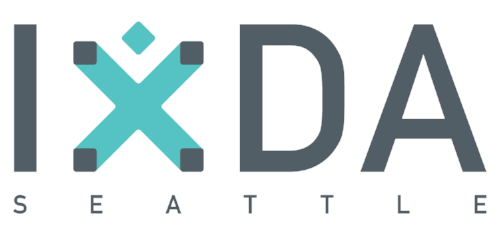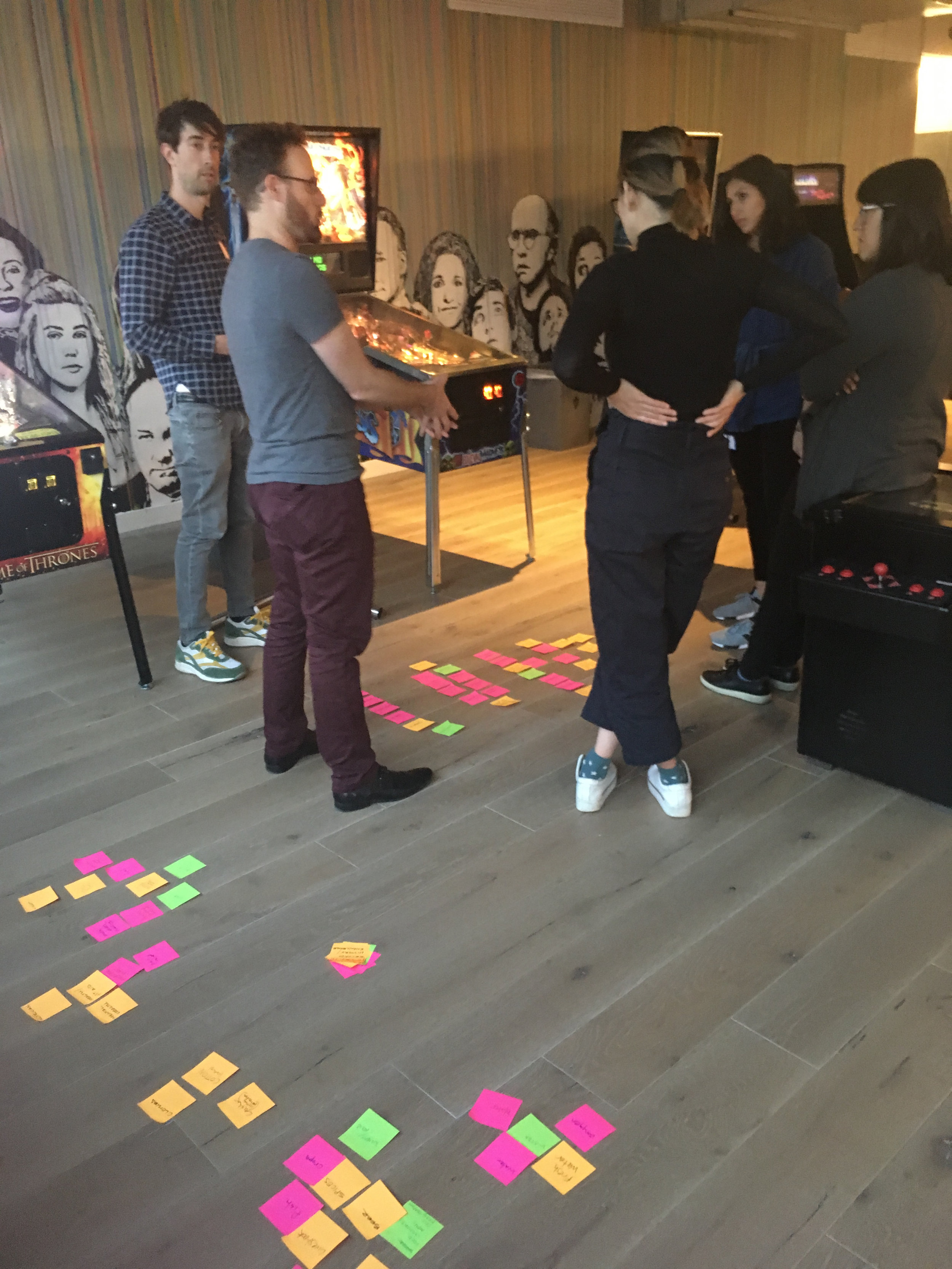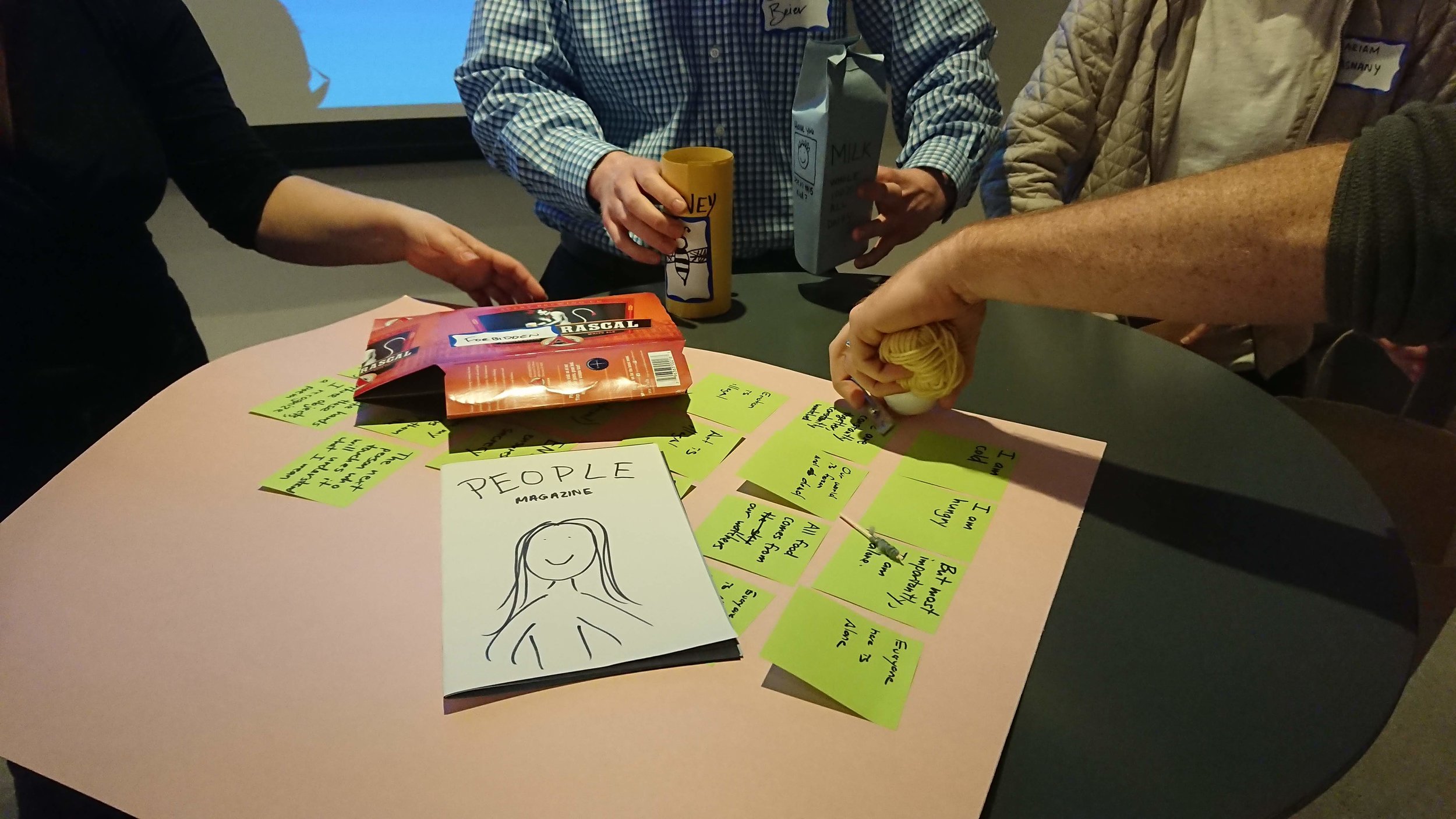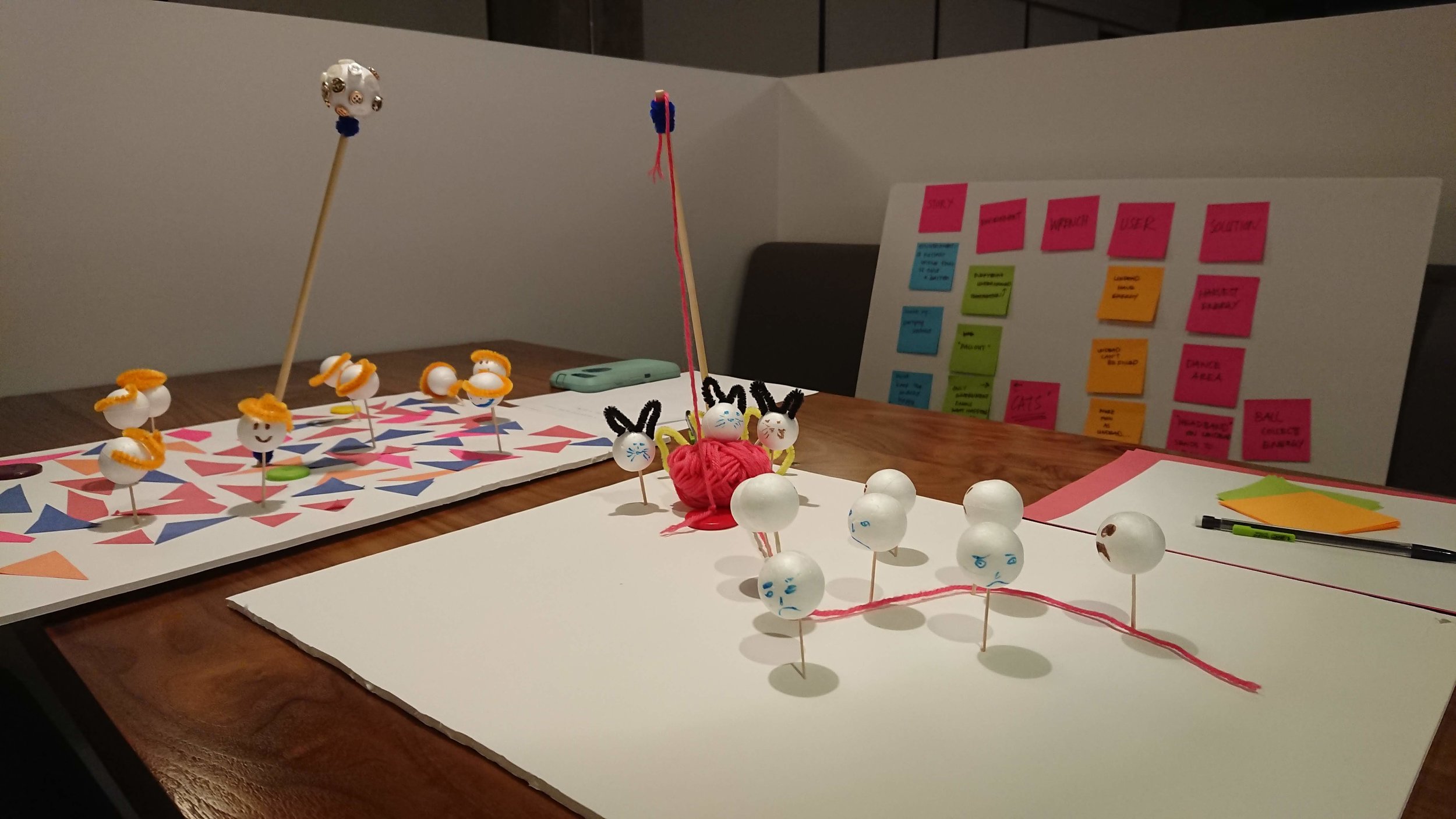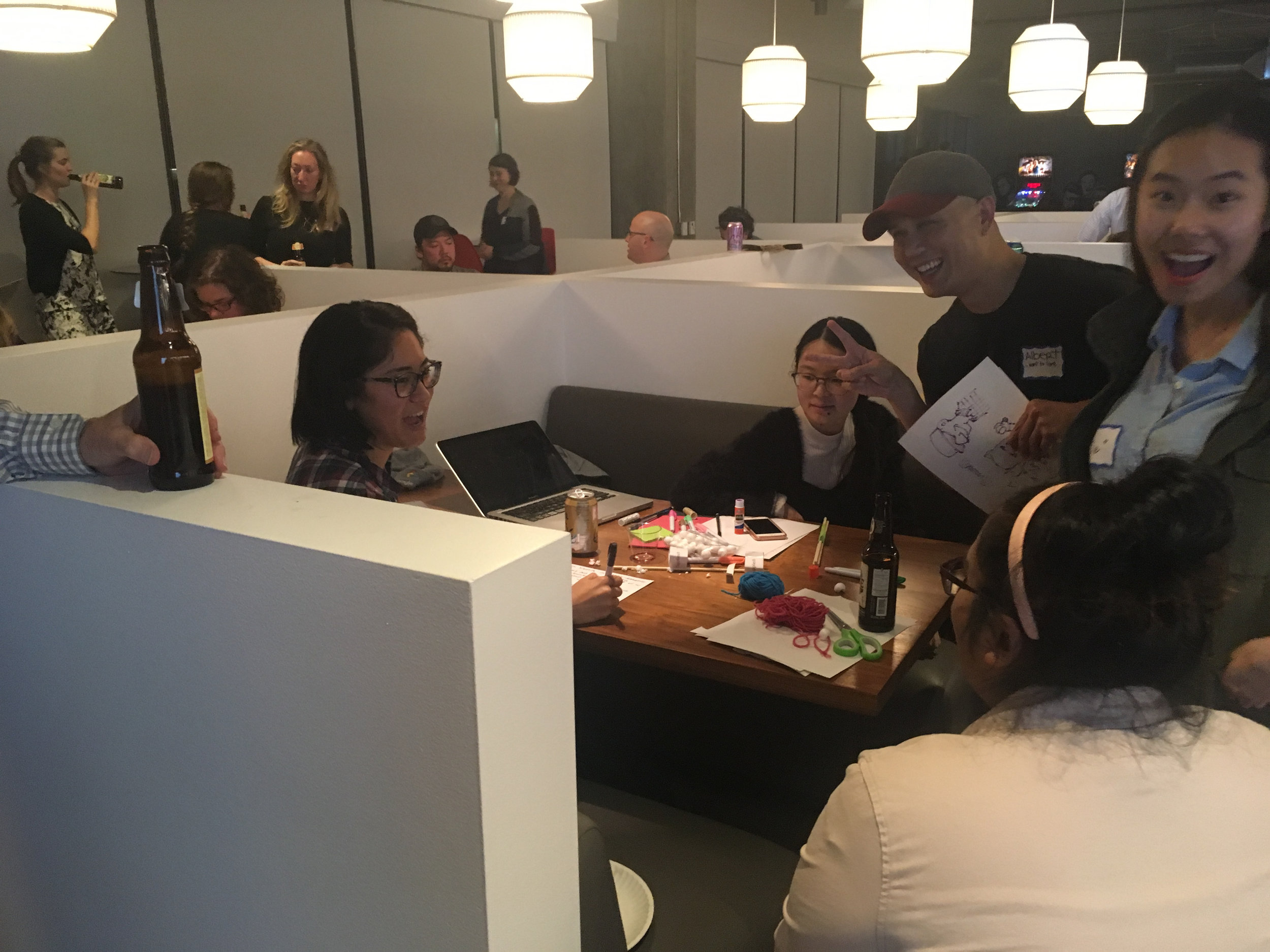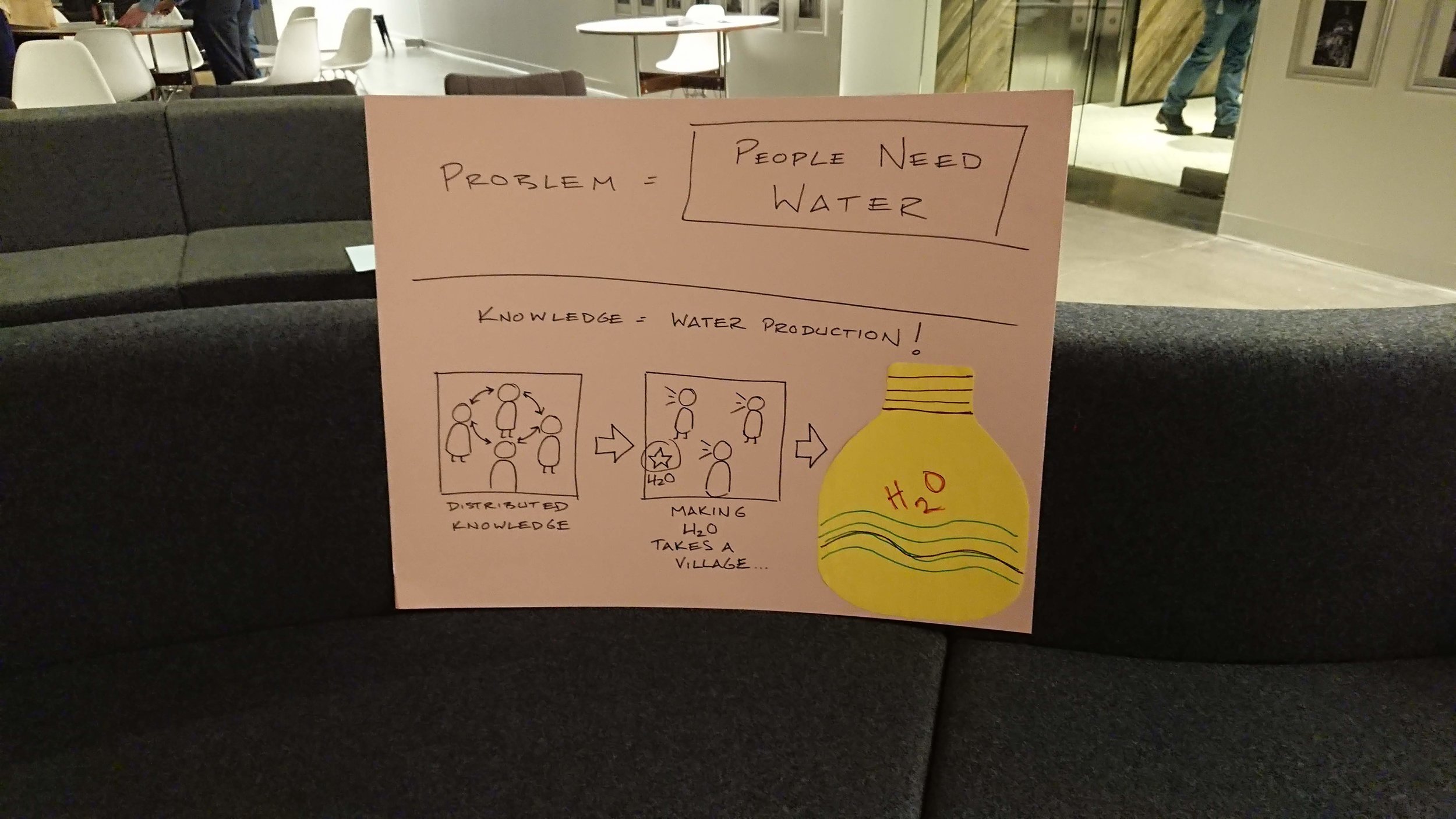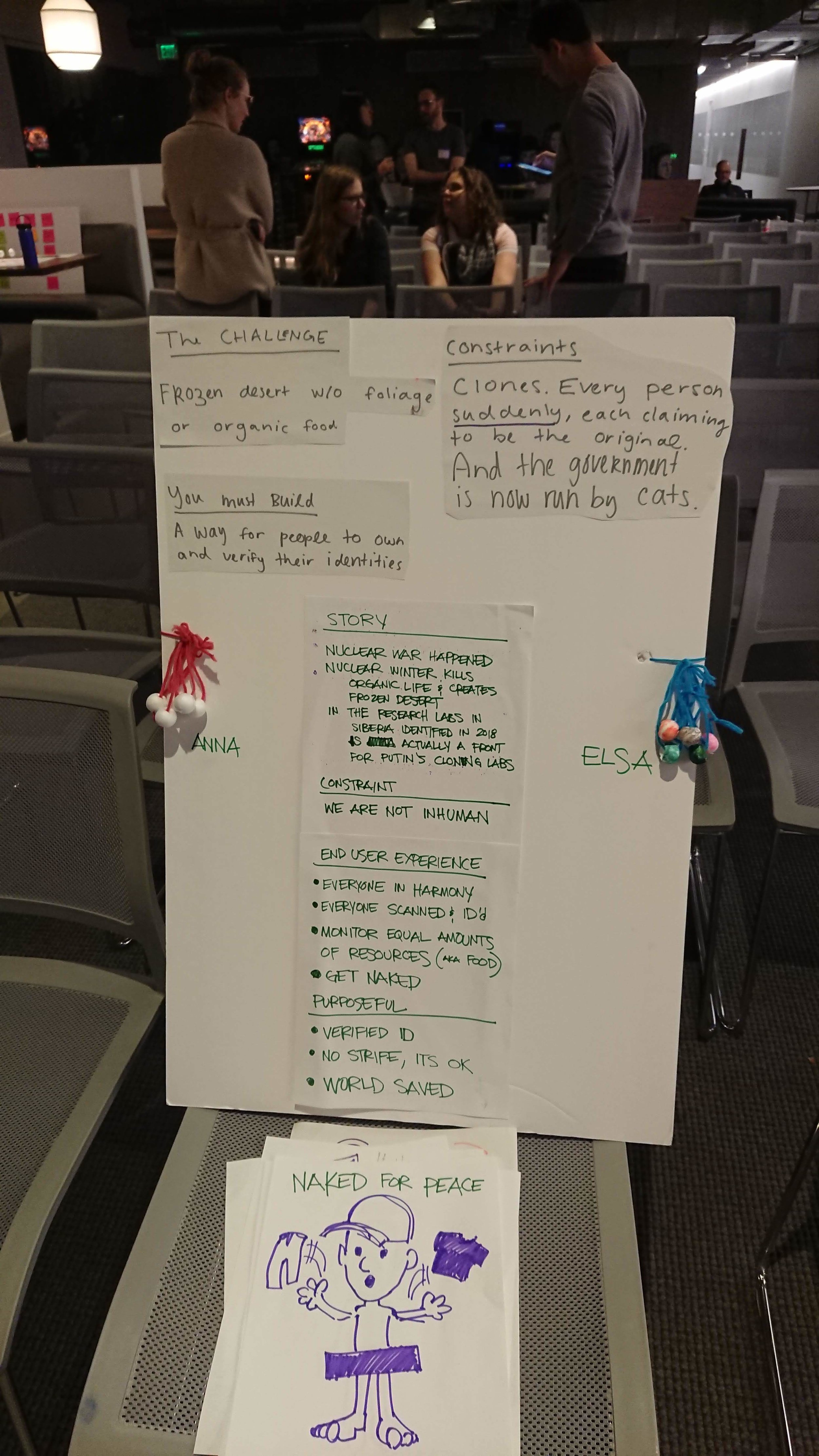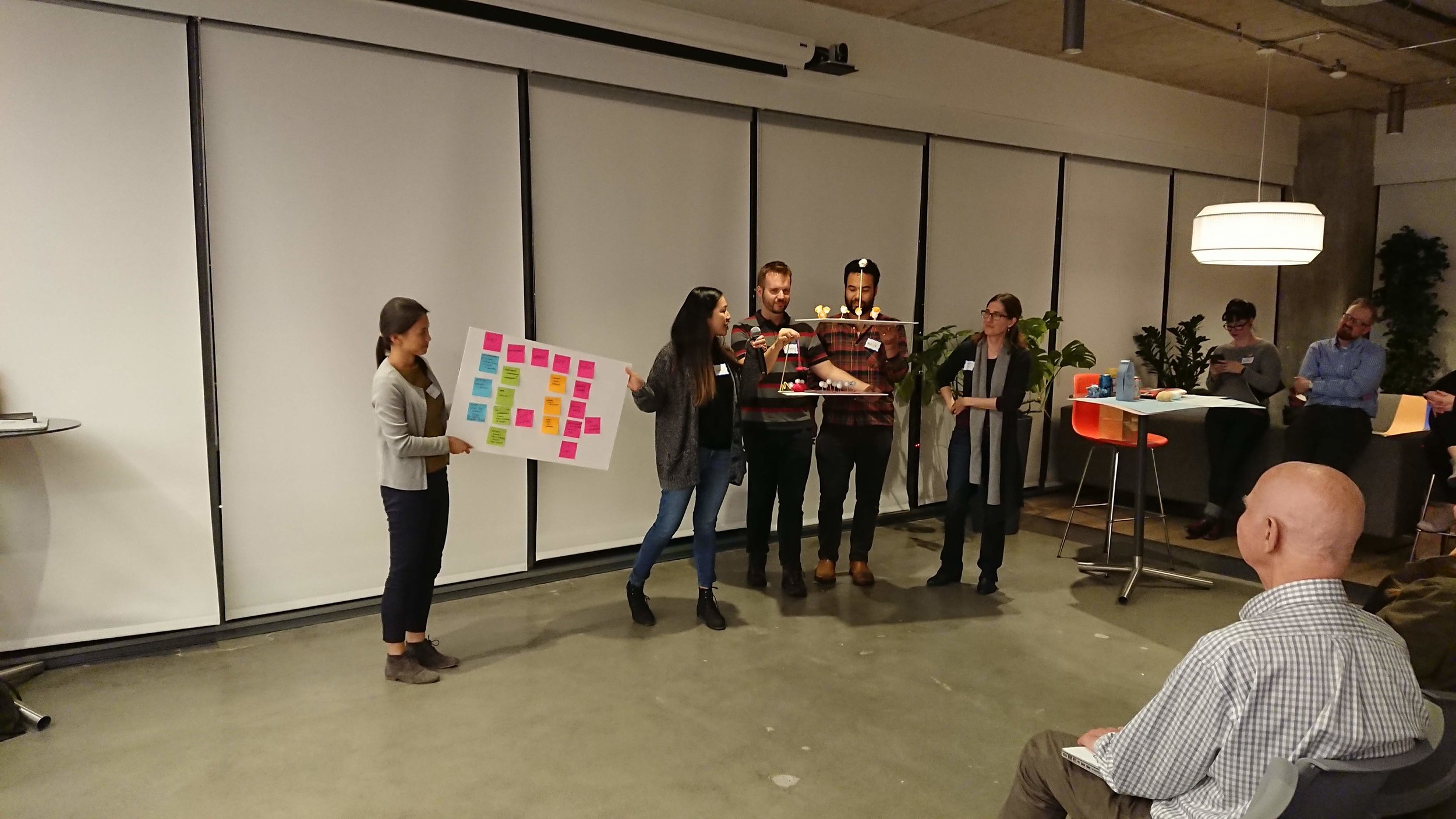You, too, can design for dystopia
As part of the Seattle Design festival, IxDA Seattle hosted a design jam, “Design for Dystopia,” at HBO’s Seattle office. The event was very sought after. We had almost as many people on the waitlist as we were able to let in the door! But fear not, you too can organize your own dystopic design jam. In fact, Jennifer Spriggs (the design jam facilitator) wants her creation propagated to get us all designing for “less-than-ideal far-flung futures.” IxDA Seattle caught up with Jennifer to discuss what motivated her to create this exercise, why dystopia, and how she envisions it fitting into Interaction 19’s theme, “Design in the Wild.”
Here’s how to have your own dystopic design jam with colleagues, friends, or perhaps family during the holidays:
Go to dystopia.design
Click the 'Generate Dystopia' button to build your environment(s).
Set a timer (we recommend 2 hours) and start building. Try using physical models to prototype your solutions with household materials, to get the full effect of the design jam.
Halfway through the time, add /wrench to the end of the URL you generated, and see how that affects and changes what you've started to build. Adapt!
Jennifer is working on version 2.0 of this tool, so the update is coming soon!
A recap of our conversation with Jenn
IxDA Seattle: Please tells us a bit about yourself.
Jenn Spriggs: I’m a designer currently pushing pixels, creating products, and experiences with AI at Google. My main project is helping build experiences for Google Clips. While not exactly the harbinger of our impending dystopian future, a lot of what I work on wouldn’t be out of place in a sci-fi novel.
In the past, I’ve done leading-edge work for products with an eye towards the future. At Google, it’s about ethically building AI products that bring delight to the human experience, at LPK and Proctor and Gamble it was about envisioning what products could look like in a post-gender world. I am somewhat sure I don’t have a lot of experience living in a dystopia but I believe designers have a lot to learn from playfully designing for less-than-ideal, far-flung futures.
IxDA Seattle: What was the inspiration for Design for Dystopia?
Jenn Spriggs: I would say in general, one of my biggest design influences is the movie Fifth Element, which I believe is a true masterpiece of dystopian fiction. The movie creates a compellingly absurd vision of the future as it weaves cyberpunk aesthetics, a futuristic brand of mysticism, and over the top action and character interactions. For this workshop, I wanted to create a large-scale gamified experience with similar vibes. I also absolutely loved the Tarot of Tech provocations built by Artefact earlier this year. I wanted to build the Design for Dystopia game with the whimsy of a dystopian sci-fi adventure in the context of a design jam challenge.
IxDA Seattle: What was your design process for creating Design for Dystopia?
Jenn Spriggs: I wanted to make an immersive role-playing game and started first with breaking down the essential pieces of what makes a dystopia truly dystopian. All dystopias are defined by the world's environment. Is your dystopia one of a giant future mega-city or a barren nuclear wasteland? Dystopias also have a defining mechanism of control. What is it about the world that has been accelerated, environmentally degraded, or made more constricting? With those components considered, the awesome local IxDA team and I worked to ideate a list of environments and control mechanisms. Shuffling these randomly together started to create the beginnings of what could be an imagined mini-world. Throwing in a building task gives designers a clear deliverable: to produce an artifact at the end of the game. The tasks are always in contrast to the designer's environment and are meant to be a challenge to make their dystopia better. It allows designers to practice the critical thinking and imagination it takes to build something on large scales. We added a surprise wrench card in the middle of the game to mix things up and force the designers to pivot their ideas a bit.
IxDA Seattle: What contribution do you envision Design for Dystopia providing?
Jenn Spriggs: Design for Dystopia is a low-stakes exercise that gamifies exploring ideas about building solutions for far-reaching, somewhat dark concepts. Every designer faces difficult product decisions and compromises, but how often do we honestly question the worst-case scenarios of the application of our work. It can be hard to envision the sweeping, unintended consequences of a design decision as it is used and applied to larger audiences? But it’s a skill we have – a responsibility to develop and hone. The exercise of building and designing for far-out, absurd scenarios may seem like a purely whimsical exercise, but it safely invites us to think outside of our comfort zones. Dystopian fiction challenges us to question the consequences faced in our current realities and designing for dystopias calls us to build constructively for the future.
IxDA Seattle: Seattle is hosting Interaction 19, IxDA's annual conference. The theme is Design in the Wild. I'd love to hear what springs to mind for you when thinking about this theme. How would you say Design for Dystopia speaks to this theme?
Jenn Spriggs: Many modern designers are entering uncharted territory, building products that almost literally have a mind of their own. It's more important than ever for us to develop the critical thinking skills for us to honestly question the consequences of our work. That, to me, is what design in the wild means. We live in a society on a wild and beautiful planet, and what we make and build as designers affects that! We are absolutely living in the unknown in terms of how seemingly small product decisions can have a massive and extremely quick impact. That is truly wild. Design is a living, breathing practice that is constantly changing, and we really have to think together as a community to make sure that change arcs toward the good, positive, and sustainable.
Thanks to HBO Seattle for hosting us and to Design in Public for including us in 2018’s Seattle Design Festival!
